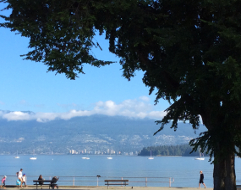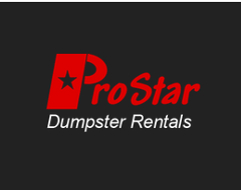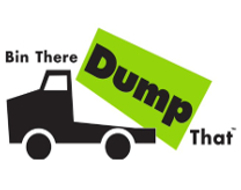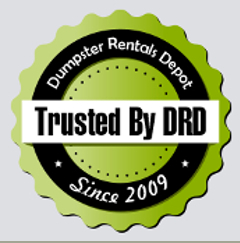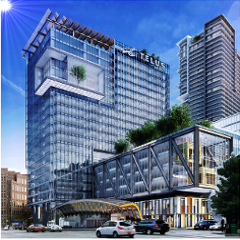Calgary's Garbage Story
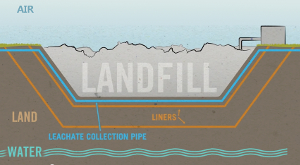
Here is why. A landfill may seem like a big hole in the ground but there is much more than meets the eye. Today’s landfills have protective systems to protect public health and the environment. Experts use these systems to make sure that the stuff that ends up in a landfill stays in a landfill and doesn’t contaminate our air, land and water. These protective systems come with the cost as much as a several hundred million dollars over the next decade to build and operate. Our landfills are filling up. Getting a new landfill approved is becoming more and more difficult as no one wants a landfill in their backyard.
That’s why our existing landfills space should only be used for items that can’t be turned into new products. The good news is that most of what ends up in the landfills can be reused, recycled or composted into new materials. Calgarians have embraced the existing recycling, composting and waste reduction programs. These efforts have added up to millions of kilograms of material being turned into new products every year. But there’s still more we can do.
When we look at what’s left in our household garbage we find that more than half is food and yardwaste. So what’s the big deal if it’s buried in a landfill? In Nature there is no waste! When an apple falls to the ground it breaks down and turns into soil. But that’s not what happens when an apple ends up in a landfill. Food and yardwaste doesn’t turn out into soil, compost or anything useful because there’s no oxygen.
Worse yet, food and yardwaste create nasty stuff like liquid leachate as the moisture from the food and yardwaste oozes through the garbage picking up other contaminants. If not collected and treated, leachate could contaminate the ground water. As the food and yardwaste slowly decomposes it also releases methane a greenhouse gas that 21 times stronger that carbon dioxide when it comes to causing climate change. Fortunately, the solution to this problem is simple. Just compost it. Food and yardwaste can be reused and turned into nutrient rich compost.
Composting exposes the food and yardwast to oxygen which allows it to break down as it would in nature into compost, a valuable product that is used in gardens, parks, and farms to improve the soil. That’s why the city of Calgary piloted a Green Cart program. The pilot went well with participating homes cutting their garbage nearly in half. The food and yardwaste collected was turned into compost rather than being buried in the landfill. Composting is another way we are working towards keeping 80% of our garbage out of our landfills.
By doing the right thing reducing, reusing, recycling, and composting we are making a positive difference today and for the future. Remember, it’s too good to waste! Go to www.calgary.ca/waste to find out more ways you can reduce your waste.
- Published: 2015-05-08T18:11:44-07:00
- Author: Harry Cotten
